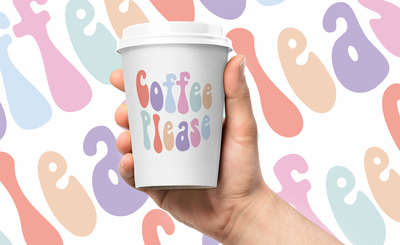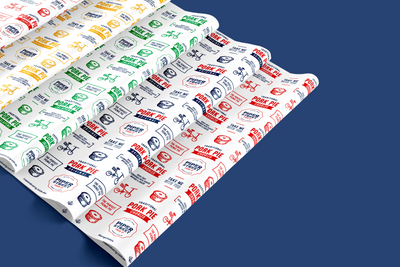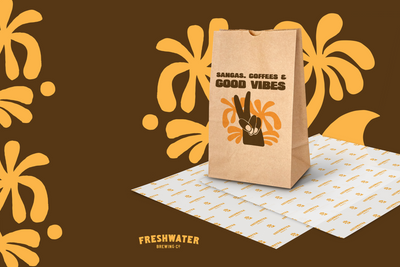As businesses, governments and the general population are gradually awakening the fact that the way we are living isn’t sustainable for the longevity of the world. Debates are spreading like wildfire as to what is the best way to move forward. The way we package and dispose of said packaging often heads up this debate, especially in the food business.
As a paper packaging manufacturer and supplier, sustainability is at the forefront of everything we do and we are constantly looking at ways to improve our products for sustainability and quality. The majority of our products are single use, therefore the way in which they can be disposed of is of great importance.
Recyclable
We have all heard the old waste management hierarchy – ‘Avoid, Reduce, Reuse, Recycle, Dispose’, or is it ‘Prevent, Reduce, Reuse, Recycle, Recover, Dispose’? or is it ‘Rethink, Refuse, Reduce…’ you get our point. With it being constantly changed, unless you are heavily invested it’s hard to keep up!
Don’t get us wrong, it’s fantastic to see that waste management is getting a lot of attention and is being reviewed and improved so often, but for the general punter if they Google ‘waste management hierarchy’ they will get upwards of 20 contradicting charts and imagery results. This can be overwhelming and also detrimental to the public’s perception of what’s actually best practice in this space. The important thing to note is that no matter what waste management hierarchy you see, recycling always sits above composting.
When it comes to single-use packaging, we are not afraid to admit that recyclable material is a hard sell, especially when you put it up against its compostable counterpart. The confusion around recyclable packaging for food can turn people away, as compostable food packaging is simple and you don’t have to work hard to get the gist of it.
The reason recyclable materials are superior is that first and foremost they can be repurposed over and over again to create other products. These sustainable food packaging solutions save valuable resources and create a circular economy.
The second key reason is that if we are going to cut down natural materials such as a tree and make paper products, doesn’t it make sense to get as much use out of that tree as physically possible (the same goes for traditional plastic packaging)?
The idea that no matter where you put a compostable product it will break down to nothing, is so simple to understand that it becomes the go to material because it’s easy to comprehend. Compostable food packaging materials are great but they aren’t the best option. It takes a bit of unpacking to get past the appealing tagline to fully understand why.

Compostable
Firstly, compostable products can only be composted when disposed in certain ways e.g. home compost or green waste bins but they can’t be composted if they go into general waste bins or in the street.
Secondly, not every state or council has the appropriate waste management processes in place e.g. green waste management, therefore compostable packaging products are diverted to landfill where they are unable to break down and simply add to our already dire landfill issues.
Thirdly, trees are being cut down to make environmentally friendly packaging products that in essence have one use, which seems like a waste even if they are sustainably grown.
Finally, compost isn’t a valuable resource, there's no shortage of it and we don’t actually need any more of it… so compostable packaging products are essentially less valuable than recyclable ones.
It is so exciting to see that more and more people are looking for eco-friendly food packaging solutions in Australia and are conscious of their environmental footprint. As a business we have backed recycling and recyclable products as this is where we can see a better outcome for our planet long term. Eco-friendly packaging compostable products are great and absolutely have their place.
However, regardless of the sustainable packaging you choose to back, disposing of them correctly makes all the difference.









